Understanding the Impact of Home-Based ABA Therapy
Home-based Applied Behavior Analysis (ABA) therapy is transforming the way children with autism and developmental challenges learn to navigate the real world. By integrating tailored interventions within familiar environments, this approach fosters meaningful skill development, independence, and confidence. This article explores how in-home ABA therapy supports children in mastering everyday skills, the methods used, and the critical role play and caregiver involvement play in this process.
Personalized Learning in the Comfort of Home
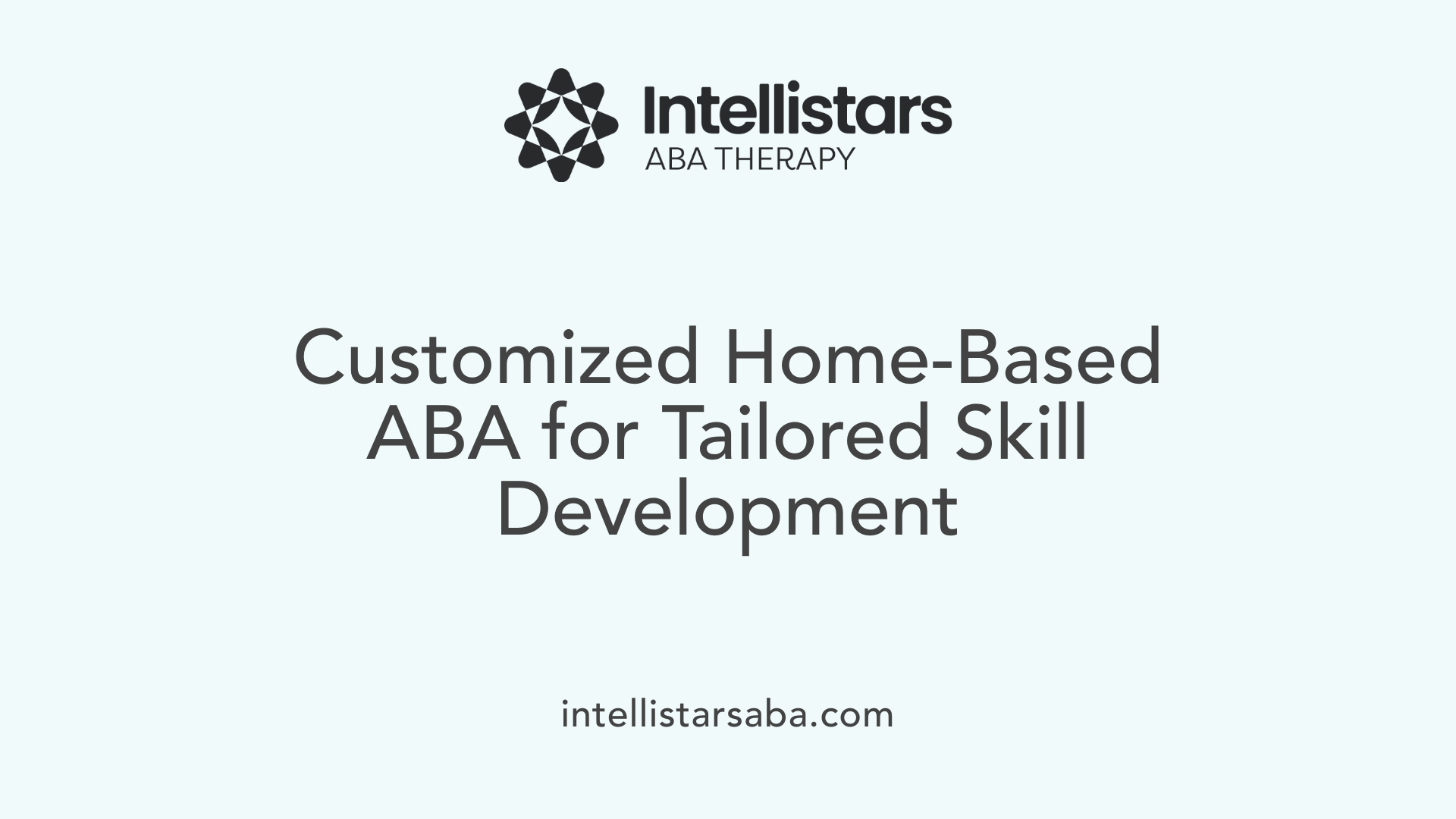
What are the benefits of home-based ABA therapy for children?
Home-based ABA therapy provides a range of advantages that support a child's growth and development. One of the main benefits is that it allows therapy to be delivered in a familiar environment, making children feel more comfortable and engaged. This comfort can help them learn more effectively and retain skills better because the learning takes place in settings where they naturally spend time.
Another key benefit is the ability to customize interventions based on each child's specific needs, routines, and interests. Therapists can tailor activities and goals to fit the child's unique strengths and challenges, promoting meaningful progress.
In-home therapy also actively involves parents and caregivers. They receive ongoing training to implement strategies and reinforce learning outside formal sessions, encouraging consistency and boosting the child's development.
Additionally, home-based ABA reduces logistical challenges such as travel and exposure to illness, making it more convenient for families. It allows the integration of therapy into daily routines, such as meal prep or playtime, which helps children apply new skills in real-life situations.
Overall, conducting ABA therapy at home fosters a supportive and adaptable learning environment. It encourages holistic development, supports independence, and helps children build vital skills they can transfer to everyday life.
Teaching Real-Life Skills Through Natural Settings
How does ABA therapy help children navigate real-life situations?
ABA therapy plays a crucial role in helping children handle everyday challenges by teaching practical skills within real-world contexts. Instead of only practicing skills in clinical environments, children learn in natural settings such as their homes, neighborhoods, or community centers. This approach ensures skills are relevant and directly applicable.
Techniques like visual schedules make daily routines predictable, reducing stress and anxiety. Role-playing and modeling everyday activities, such as brushing teeth or cooking, enable children to understand and imitate these tasks. Positive reinforcement encourages children to repeat desirable behaviors, making learning engaging and effective.
ABA therapy also emphasizes skill transfer, meaning children are guided to use what they learn in therapy in other environments. This helps them develop independence in activities like dressing, grooming, or managing household chores.
From interpreting social cues to making decisions, ABA equips children with vital abilities to navigate social interactions and daily routines confidently. Overall, the focus on real-life application enhances children's independence and builds their confidence to manage daily challenges successfully.
Core Techniques and Strategies in Daily Life Support
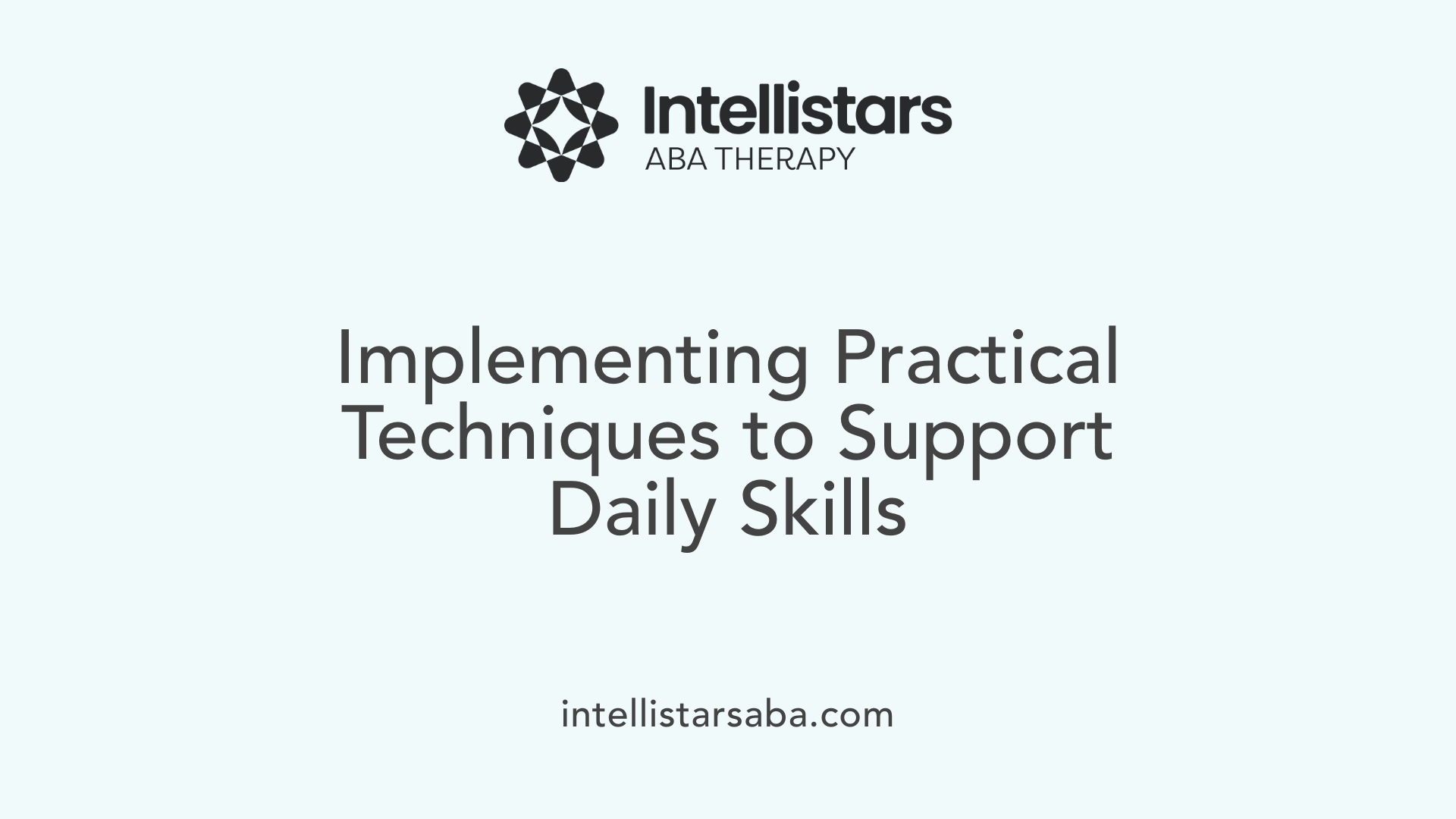
What methods and strategies are used in ABA therapy to support children in daily life?
ABA therapy employs a variety of practical methods and strategies to help children develop essential skills for everyday living. Central to these approaches is positive reinforcement, which encourages children to repeat desirable behaviors by providing rewards such as praise, tokens, or access to preferred activities.
Task analysis is another fundamental technique. It involves breaking down complex activities—like dressing or cooking—into smaller, manageable steps. Therapists and parents teach each step progressively, enabling children to build on their skills and gain independence.
Prompting techniques, including physical guidance, gestures, or verbal cues, are used to initiate behaviors. These prompts are systematically faded over time to promote independence. Behavior chaining links individual steps into complete routines, ensuring the child understands and can perform entire sequences on their own.
In addition to these strategies, natural environment teaching (NET) and embedded instruction bring learning into real-life contexts. For example, practicing meal preparation during actual cooking or playing games during outdoor activities helps children generalize skills learned in therapy to everyday situations.
Visual aids are invaluable tools in ABA therapy. Examples include social scripts that outline appropriate responses, visual schedules that provide a predictable routine, and video modeling that demonstrates desired behaviors. These supports are especially helpful for children who are visual learners or nonverbal.
Collaboration with families and caregivers plays a crucial role. Regular training sessions teach parents consistency in applying reinforcement and prompting techniques. Behavior contracts and planned reinforcement schedules help ensure that the strategies are maintained across different environments.
Together, these methods create a comprehensive approach that promotes skill mastery, independence, and meaningful participation in daily activities.
The Power of Play in Skill Development and Generalization
What is the role of play in ABA therapy and how does it impact real-world skills?
Play is a fundamental component of ABA therapy, serving as a natural and enjoyable way to teach children a wide spectrum of essential skills. By framing learning within play activities, therapists create an engaging environment that mirrors everyday situations, making skill acquisition feel less like work and more like fun.
Different types of play are incorporated into therapy sessions, including structured play, functional play, social play, and guided free play. Each type plays a unique role in helping children learn and practice targeted behaviors.
Structured play involves specific activities with clear rules, useful for teaching routines and following instructions. Functional play focuses on real-life activities like pretend cooking or cleaning, fostering practical skills. Social play encourages interaction, sharing, and cooperation through role-playing and turn-taking games. Guided free play offers children the freedom to explore, promoting creativity and spontaneous communication.
Integrating play into ABA supports improvement in communication, social skills, and daily living. For example, children practice vocabulary, facial expressions, and social cues during pretend scenarios or interactive games. Play also helps develop problem-solving skills, emotional regulation, and empathy, which are vital for everyday success.
Engaging in play-based ABA enhances generalization—the ability to transfer learned skills to real-world settings such as home, school, and community. Because play naturally involves relevant contexts, children can practice and reinforce skills in environments that resemble their daily lives.
Involving caregivers in play activities strengthens the child’s learning through consistent reinforcement and support. This family involvement ensures that skills learned in therapy are carried over into home routines, leading to more meaningful and lasting progress.
Ultimately, incorporating play into ABA therapy transforms learning into an enjoyable experience, fostering motivation and active participation. This approach not only accelerates skill development but also builds confidence, independence, and social connectedness for children with autism.
Applying ABA Techniques in Real-Life Contexts
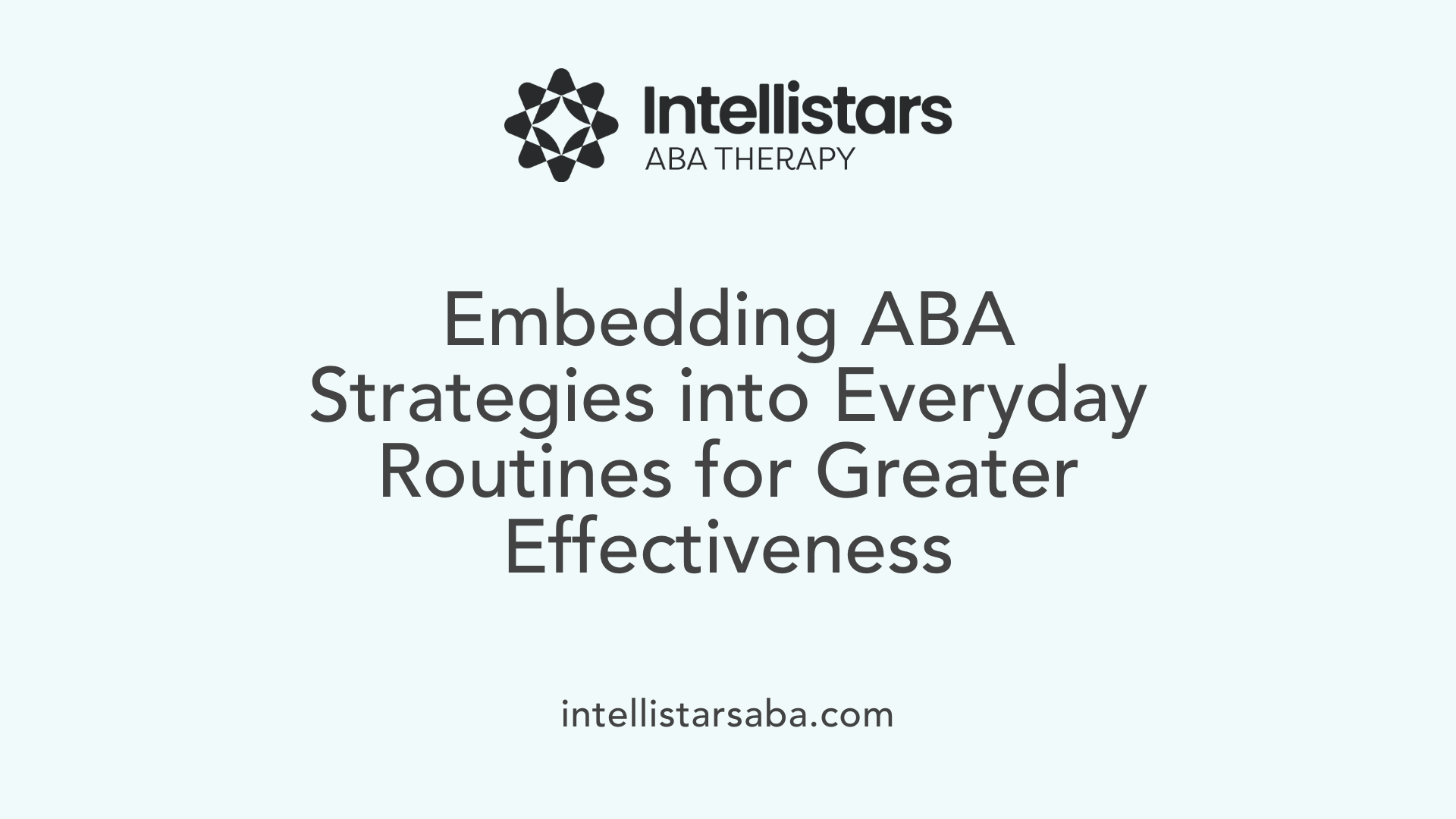 ABA therapy uses practical techniques tailored to children's everyday environments to promote learning and independence. These strategies involve embedding reinforcement, prompts, and visual supports directly into routines that children experience daily.
ABA therapy uses practical techniques tailored to children's everyday environments to promote learning and independence. These strategies involve embedding reinforcement, prompts, and visual supports directly into routines that children experience daily.
For instance, positive reinforcement is used immediately after desired behaviors, like praising a child for following a sequence during dressing or completing a toileting routine. Visual supports such as picture schedules or visual cues help children understand and anticipate steps involved in daily activities, reducing anxiety and increasing predictability.
In addition, natural environment teaching (NET) integrates skill-building into common activities such as cooking, play, or shopping. This approach ensures that children learn functional skills in settings they are familiar with, making behaviors easier to generalize.
Techniques like social stories and video modeling are also valuable. Social stories explain social rules and expectations in simple, understandable terms, preparing children to handle social situations confidently. Video modeling involves watching videos of peers or adults demonstrating specific behaviors, which children can imitate.
Task analysis decomposes complex activities—like brushing teeth or selecting clothing—into smaller, manageable steps, fostering independence. Caregivers and therapists are trained to implement these methods consistently, which enhances skill retention and reduces frustration.
Through these applied techniques, children improve in communication, self-care, and social skills, empowering them to navigate daily routines more effectively. These interventions create a tailored, supportive environment where children can thrive and develop essential life skills.
Family Involvement and Collaboration for Success
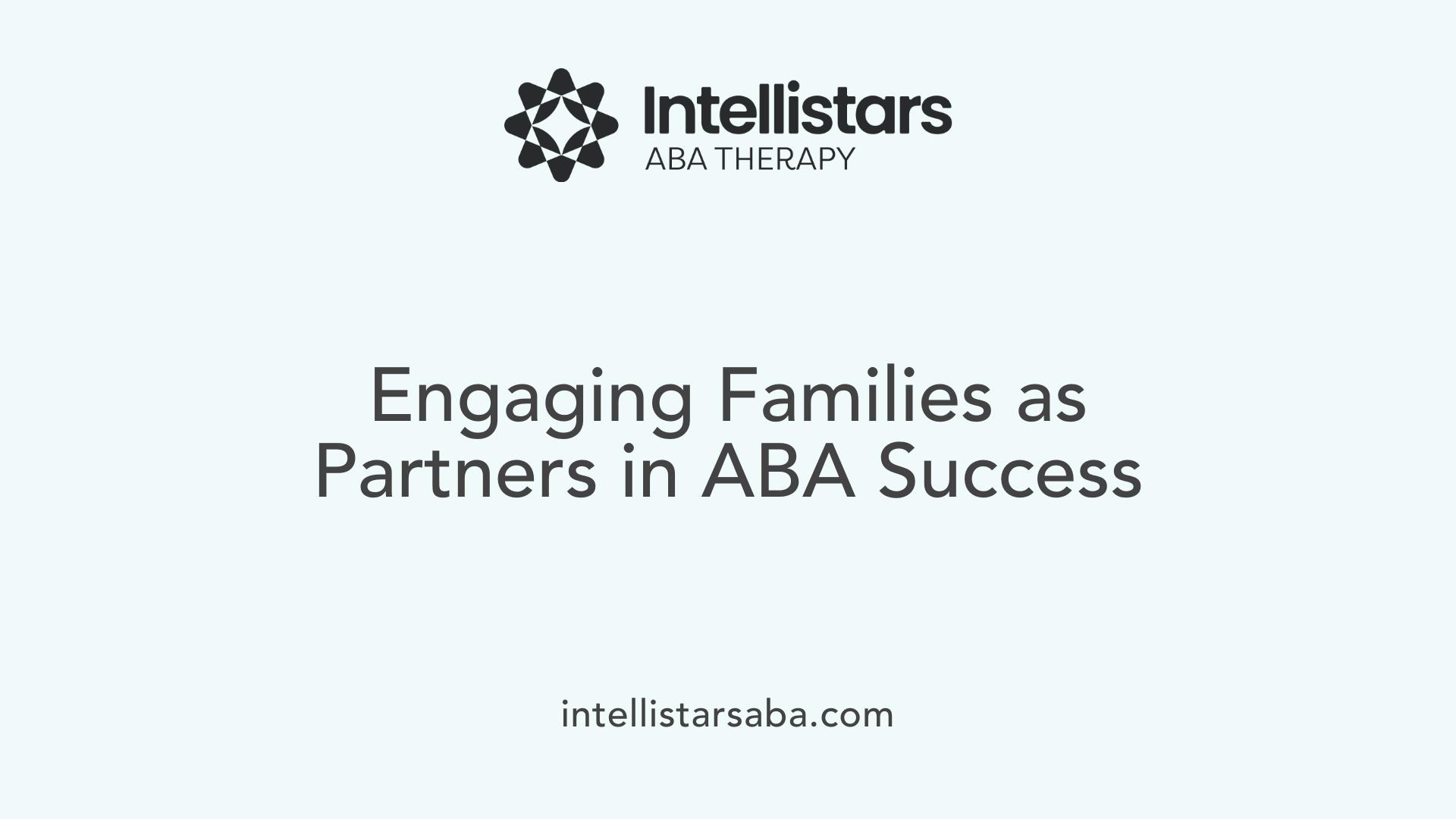
What is the role of play in ABA therapy and how does it impact real-world skills?
Play is a central element in ABA therapy because it transforms learning into engaging and enjoyable activities. When children participate in play-based sessions, they are more motivated to learn new skills, such as communication and social interaction, because play naturally captures their attention. This playful approach helps children not only acquire new abilities but also apply them in everyday scenarios, enhancing their overall independence.
Incorporating children’s interests into play activities bridges the gap between therapy and real life, making skills more meaningful and easier to retain. Through play, children develop problem-solving, emotional regulation, and social skills like sharing, turn-taking, and empathy. These skills are crucial for functioning in social environments like school, home, or community settings.
Another benefit of play in ABA therapy is its ability to foster neuroplasticity—the brain’s capacity to reorganize and form new connections. This encourages learning across various developmental areas, including cognition and emotional growth. Additionally, involving caregivers in play exercises not only boosts the child's engagement but also strengthens the parent-child relationship.
Overall, play in ABA therapy acts as a vital bridge between structured learning and real-world application, supporting children in gaining skills that promote autonomy, improve social connections, and facilitate daily life success.
Measuring Progress and Adjusting Goals Over Time
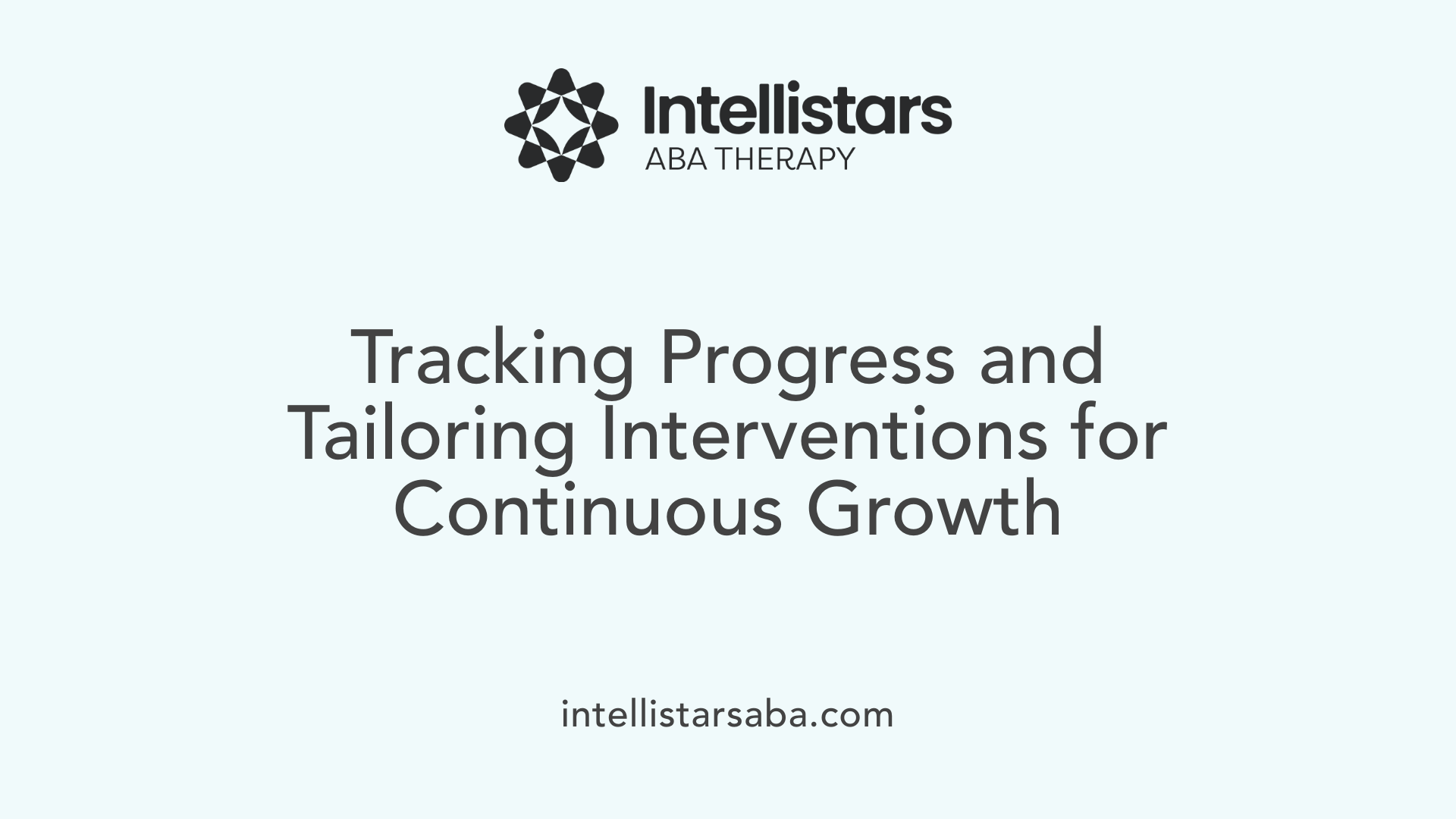 Tracking a child's development through ABA therapy is essential to ensure that interventions are effective and to adapt strategies as needed.
Tracking a child's development through ABA therapy is essential to ensure that interventions are effective and to adapt strategies as needed.
One common method involves using tools like progress charts or digital apps. These tools help therapists and parents record and visualize improvements in various skills, from language and social interactions to self-care routines.
Regular data collection plays a crucial role. Therapists typically re-evaluate a child's progress weekly or monthly, gathering information on behaviors, skill acquisition, and responses to interventions. This systematic approach allows timely adjustments to the therapy plan.
Based on the collected data, therapists may modify goals, introduce new activities, or change reinforcement strategies. This dynamic process ensures the treatment remains aligned with the child's evolving needs and abilities.
Incorporating feedback from parents is also vital. Since many ABA activities happen at home, parent observations help fine-tune strategies and maintain consistency across environments.
Ultimately, continuous monitoring and flexible planning foster steady progress, helping children build essential skills and gain confidence in their abilities.
How does play contribute to ABA therapy and skill development?
Play is an integral part of ABA therapy, serving as a motivating and natural context for learning. Engaging children through play makes therapy enjoyable and relatable, encouraging active participation.
During play, therapists embed teaching moments to develop communication, social skills, and daily living abilities. For instance, story-telling and role-playing help children practice language and social cues.
Play also promotes generalization, meaning children can apply learned skills in real-world situations outside of structured therapy. For example, practicing sharing or turn-taking during a game translates to better cooperation at school or in social settings.
Furthermore, involving caregivers in play-based activities enhances bonding and reinforces learning at home. Play transforms therapy into engaging experiences that foster independence and social understanding.
How are progress tracking tools like charts and apps used?
Tools like visual charts, apps, or digital trackers enable clear documentation of a child's developmental journey. They help in visualizing progress, highlighting strengths, and identifying areas needing more focus.
These tools facilitate regular reviews, whether daily, weekly, or monthly, making it easier to notice trends, successes, and challenges.
By integrating technology, therapists and families can access real-time data, streamline communication, and make data-driven decisions.
How does regular re-evaluation and data collection support effective therapy?
Consistent re-evaluation ensures the interventions stay aligned with the child's current needs. Data collection provides objective evidence of progress or regression.
Re-assessments help identify if goals are being met and whether new skills are being acquired. If progress stalls, therapists can modify techniques or introduce new targets.
This iterative process supports a personalized approach, maximizing development benefits for each child.
How are intervention plans adjusted based on progress?
Adjustments are made by analyzing data from ongoing assessments. If a child demonstrates mastery of certain skills, goals can shift to more advanced areas.
Conversely, if challenges persist, plans may include additional support or alternative methods. Reinforcement strategies may also be tailored to better motivate the child.
Overall, flexible planning responds to the child's growth, promoting continuous achievement and confidence-building.
Fostering Independence and Skill Generalization at Home
In-home ABA therapy stands out as a comprehensive approach that not only teaches children essential skills but also ensures these skills are integrated into their daily lives. By combining individualized strategies, naturalistic teaching, and active family involvement, this therapy model empowers children to navigate real-world situations more effectively. As children gain confidence through consistent practice and support in familiar environments, they develop greater independence, social competence, and self-advocacy. This holistic approach creates a foundation for lasting growth and improved quality of life, demonstrating that through tailored, engaging, and family-centered intervention, children can thrive in their daily routines and beyond.
References
- Why Home-based ABA Therapy Is A Gamechanger
- The Role of Play in ABA Therapy: Making Therapy Fun
- aba therapy activities at home - First Step Arkansas
- 5 Benefits of ABA Therapy for Autistic Child
- Home Based ABA Therapy - Organization For Research and Learning
- In-Home vs. Clinic-Based ABA Therapy: Options Across California
- Why Home-based ABA Therapy Is A Gamechanger
- What are the benefits of in-home ABA therapy? | Autism Resources






